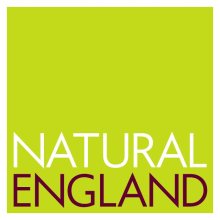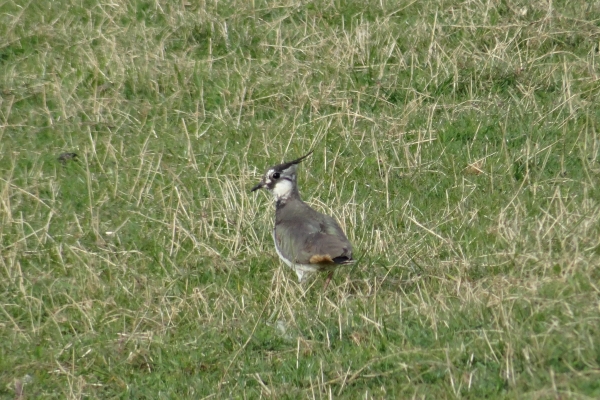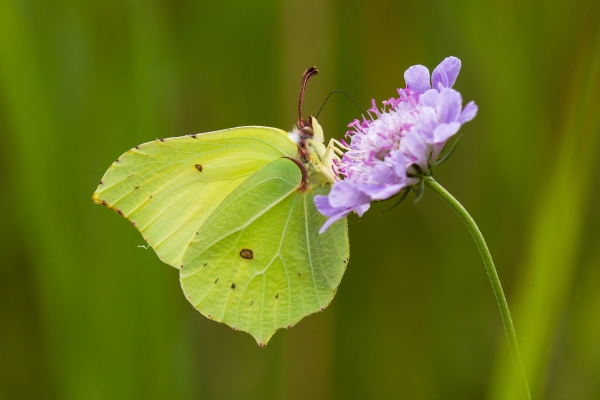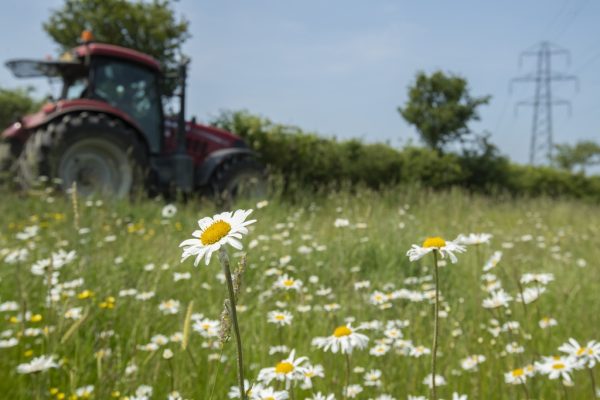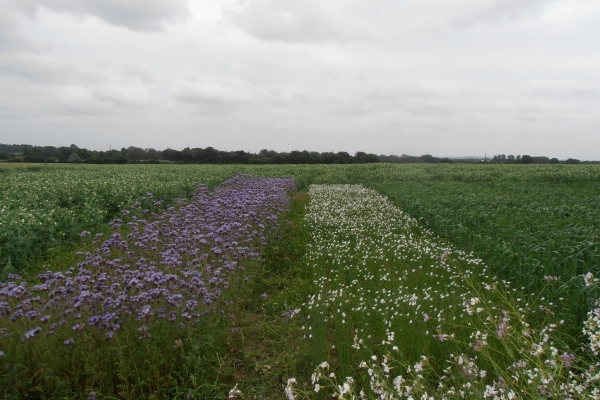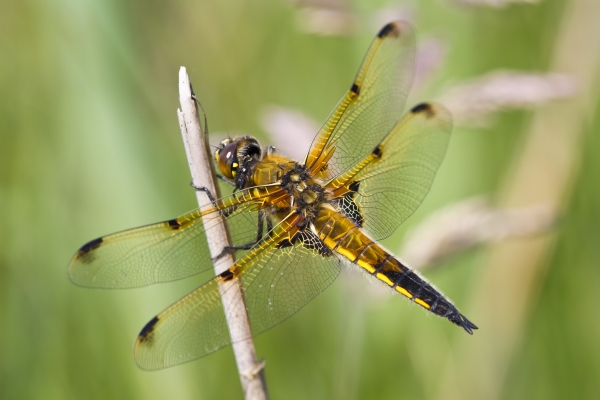Farmland bird conservation
Wildlife & Farming handbook
Resource explained
Farmland birds are indicators of the quality of the farmed environment and have been well monitored. Many farmland bird populations have declined, caused by the loss of foraging and nesting habitats. A range of measures, many supported by Countryside Stewardship funding, can help provide the resources they need. This illustrated chapter from WildCRU’s Wildlife & Farming handbook summarises information on key habitats for birds on lowland arable and grass farmland. Measures that increase seeds and invertebrates will encourage birds: options for cropped areas include overwinter stubbles, wild bird seed mixtures and conservation headlands. On grassland, the timing of mowing and grazing is important. A diversity of habitats, including arable, grassland and non-cropped areas, helps farmland birds. Two WildCRU studies, on hedgerows for birds and improving grey partridge survival are highlighted. The chapter includes a management summary, and lists some of the most relevant Countryside Stewardship options for farmland birds.
Findings & recommendations
Birds of arable land need abundant seed food through the winter and early spring and plentiful insect food during the spring and summer for their chicks:
- Wild bird mixes provide food for seed and invertebrate feeding birds
- Overwinter stubbles help supply seed over winter
- Conservation headlands increase seed and invertebrate food
- Skylark plots create accessible foraging areas in winter cereals
Grassland birds differ in their requirements:
- Some birds need short swards for nesting or feeding, while others prefer tall cover and will use meadows
- Well managed wet grasslands are important wintering and/or breeding habitat for wading birds and wildfowl
- The timing of mowing is critical – cutting for hay or silage too early threatens nests and chicks, and plants cannot flower or set seed
- Where possible, grassland management should aim to increase invertebrates and seeds
Hedgerows, woodland and scrub, field margins and ditches are some of the non-cropped habitats that provide seed and invertebrate food, shelter and nesting sites for birds:
- Tussocky, wildflower-rich margins enhance invertebrate numbers and seed supplies
- Hedgerows provide fruit, seed and invertebrate food, shelter and nest sites
- Coppiced woodland, woodland edge and scrub habitats are important for farmland birds
(Header image: Tree sparrow. Photo credit: Peter Roworth, Natural England)

